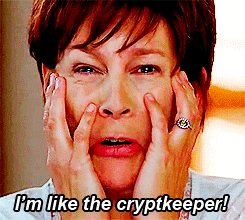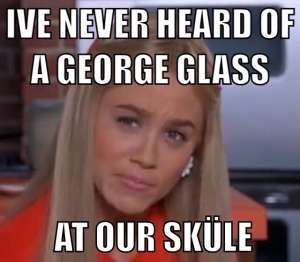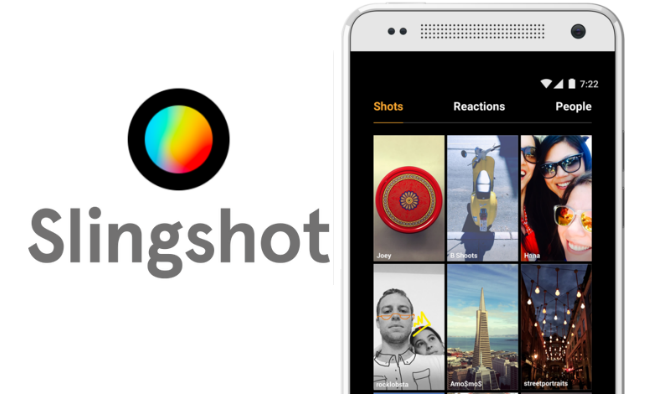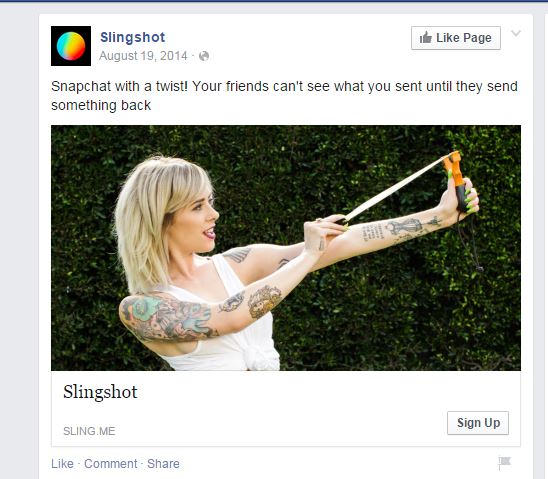I recently learned that the movie American Sniper is not, in fact, based on a true story.
The protagonist is a real person, and he really was a talented sniper, but that’s where most of the similarities between real life and film life end. (The main antagonists and most of the main conflicts of the film are entirely works of fiction, for instance.)
Full disclosure: I haven’t seen American Sniper. Now, as I try to remember seeing the words “based on a true story” in any of the promotions for the film, I can’t. But everyone I asked agreed they had thought that about the movie.
The film’s website doesn’t use this terminology. (It does, however, include a line in the synopsis that says the screenplay is adapted from Chris Kyle’s novel.)
So if “based on a true story” wasn’t written or stated on any of the film communications, how did my classmates and I get that impression?
I think a big part of that answer can be found within movie genre conventions and our expectations associated with different types of film. When I see “based on a true story” flash across the screen at the beginning of a horror movie, I find myself thinking, yeah, right. I have the expectation that very little of that film will represent actual events. On the other hand, when I see the same words associated with a historical film, I assume that “based on a true story” means the majority of the movie will represent true events.
It comes down to how the intentions of these films are communicated to us by the people in charge of marketing them. When we watch a trailer, see a movie poster, or hear an interview with the lead actor, what impression are we given about the level of truth it contains? About the purpose of the film? (Is it purely entertaining? Informative? A combination of both?) I would argue that these initial communications between the movie marketers and the audience can help make or break a film.
Take This Is Where I Leave You for example. IMDB lists the film as both a comedy and a drama. But because the movie had its share of funny stars (Jane Fonda, Tina Fey, Jason Bateman), a lot of viewers seemed to be under the impression that it was a comedy film. In fact, this wouldn’t be an unreasonable impression based on the movie trailer, which seems to present the film in a much more comedic than dramatic light.
The marketing of the film stressed the actors with comedic backgrounds and cut the trailer in way to include much more humor than drama, which in turn communicated to potential audiences that the movie was a comedy. The genre expectations for a comedy film include big laughs and often times a distancing from anything too serious (with the exception of dark comedies and such sub-genres).
While the movie definitely had its funny parts, it focused on a family dealing with a lot of serious issues (death, divorce, infertility, infidelity, and brain damage, just to name a few). My parents, who watched the movie expecting a full-blown comedy, were taken by surprise by these serious elements and ended up disliking the film for not being funny enough. On the other hand, I tuned in expecting to see a family drama with some comedic elements, and I was not disappointed.
When a movie’s reality does not meet the expectations of an audience, the audience will find it difficult to enjoy the film – just another way our words can have unexpected power and consequences. It is also a reminder that we should be wary of blindly accepting the content we consume as fact: “based on a true story” may encompass a whole spectrum of different “truths.”









 this further. Most people my age that I come in contact with have Facebook accounts. Furthermore, most people I know continue to use the messaging feature on Facebook, even if they rarely post content to their profiles. We have a need for an instant messaging service, and Facebook provides it. Many choose to use Facebook’s messaging system over another option like Kik because we already have an established network of people we want to contact on the site. We’re accustomed to Facebook and it is meeting our demand for messaging services, so we keep using it, even if we see newer social media platforms as “cooler” or more useful for other things.
this further. Most people my age that I come in contact with have Facebook accounts. Furthermore, most people I know continue to use the messaging feature on Facebook, even if they rarely post content to their profiles. We have a need for an instant messaging service, and Facebook provides it. Many choose to use Facebook’s messaging system over another option like Kik because we already have an established network of people we want to contact on the site. We’re accustomed to Facebook and it is meeting our demand for messaging services, so we keep using it, even if we see newer social media platforms as “cooler” or more useful for other things.






